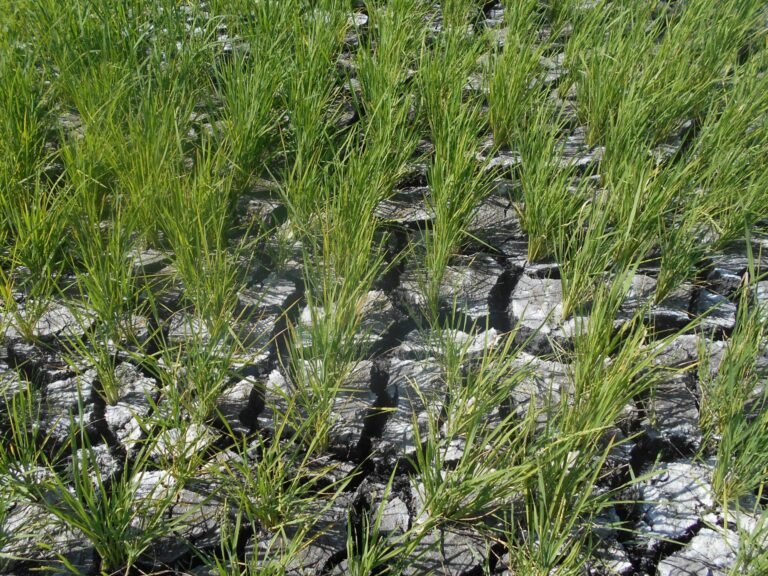The government will put up more water-related infrastructure such as hydroelectric power plants, flood control projects and irrigation systems.
With the foreseen onset of El Niño in the months of July-September, the Philippines Department of Agriculture (DA) will further strengthen measures that will address the effects of the expected drought, including the reactivation of an inter-agency El Niño Task Force to mitigate the potential effects of the phenomenon to the agriculture and fisheries sector.
The government will put up more water-related infrastructure such as hydroelectric power plants, flood control projects and irrigation systems.
An overall plan to change the way water supply is acquired will also be undertaken, according to the DA, which is headed by the chief executive.
Under the 2023 El Niño Mitigation and Adaptation Plan, DA will set in motion strategies that aim to lessen the impact of the El Niño phenomenon on the agriculture and fishery industries and restore productivity in affected areas.
The Philippine Atmospheric, Geophysical and Astronomical Services Administration (PAGASA), an attached agency of the Department of Science and Technology (DOST), had earlier said that El Niño may persist until 2024.
Part of the government’s master plan to address El Niño is to save the vulnerable areas through appropriate water management, while irrecoverable areas will be rehabilitated.
The DA will likewise maximise the production in non-threatened areas. Massive information dissemination across locations will also be undertaken.
To ensure that the water supply will be managed efficiently during the dry spell, the DA encourages the adaptation of the alternate wetting and drying (AWD) method. Through this technology, farmers may reduce the use of irrigation water without sacrificing the yield. Under AWD, irrigation water is applied a few days after the ponded water has been used up.
Water systems including irrigation canals, diversion dams and small-scale irrigation projects will be developed and/or rehabilitated even before the start of El Niño, which will be made available and accessible to farmers.
Cloud Seeding Operations will be conducted to augment rainfall. The technique involves the manual seeding of clouds with salt to modify the type and amount of precipitation that will fall on dams.
The government will also impose an irrigation scheduling system and other water-saving practices as well as distribute farm production-related machinery equipment such as power water sprayers.

